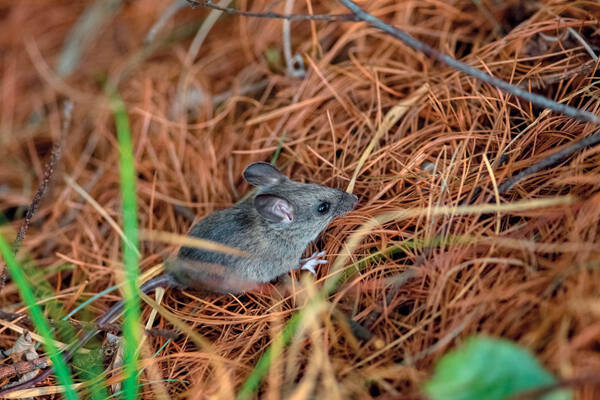Apodemus latronum
IUCN
LCBasic Information
Scientific classification
- name:Apodemus latronum
- Scientific Name:Apodemus latronum
- Outline:Rodents
- Family:Rodentia Muridae Apodemus
Vital signs
- length:18-20mm
- Weight:
- lifetime:
Feature
It has a large body, a long and pointed snout and large ears.
Distribution and Habitat
The big-eared field mouse is endemic to my country. In China, it is concentrated in the high-altitude area on the southeastern edge of the Qinghai-Tibet Plateau between Sichuan, Yunnan and Tibet. Abroad, it is distributed in Myanmar.
In Sichuan, the big-eared field mouse is only distributed in Ganzi and some counties in Aba Prefecture that border Ganzi, in the shrub habitat close to the forest line and grassland environment, with an altitude generally between 3200-4100m. It is a dominant species in alpine shrubs and forests near the forest line.
Appearance
The body is relatively large, with an average body length of more than 100mm (90-120mm). The hind legs are also long, not less than 23mm. The tail is longer than the body length (a few individuals are slightly shorter than the body length). The ears are large, and their length is longer than 20mm. There are three tooth processes on the lingual side of the third upper molar. The supraorbital ridge exists and is more developed in older individuals. The color is darker. The hair color from the nose, forehead, neck, back and buttocks is dark yellow-brown, especially the black hair tips on the back of the body and buttocks are obvious. The dorsal hair is long and dense, about 10mm. In the summer hair, there are more guard hairs on the back. The proximal two-thirds of the guard hair is yellow-gray, and the tip is black. The inside and outside of the ear shell are covered with black or brown-black short hairs. The ventral surface is grayish white, and the hair tips are pure white. The dorsal
Details
The big-eared field mouse belongs to the subfamily Murinae. This species is only distributed from the Hengduan Mountains in China to southern Tibet, slightly extending to northern Myanmar, and there is no subspecies differentiation. This species is often easily confused with the dragon field mouse (<Apodemus draco>) in identification. This species is not distributed in the forest environment of the basin and mountains in Sichuan Province. In this area, there are many field mice, whose ear height is about 19mm, but all of them are dragon field mice. The big-eared field mouse is only distributed in Ganzi and some counties of Aba Prefecture bordering Ganzi in Sichuan, in the shrub habitat close to the forest line and grassland environment, and the altitude is generally between 3200-4100m. It is the dominant species in the alpine shrubs and forests near the forest line. It feeds on grass, grass seeds, young leaves and crops, and occasionally eats insects and dead animals.

This species has been included in the "National List of Terrestrial Wildlife with Important Economic and Scientific Research Value" issued by the State Forestry Administration of China on August 1, 2000.
Listed in the 2013 Red List of Endangered Species of the World Conservation Union (IUCN) ver3.1--Low Risk (LC).








